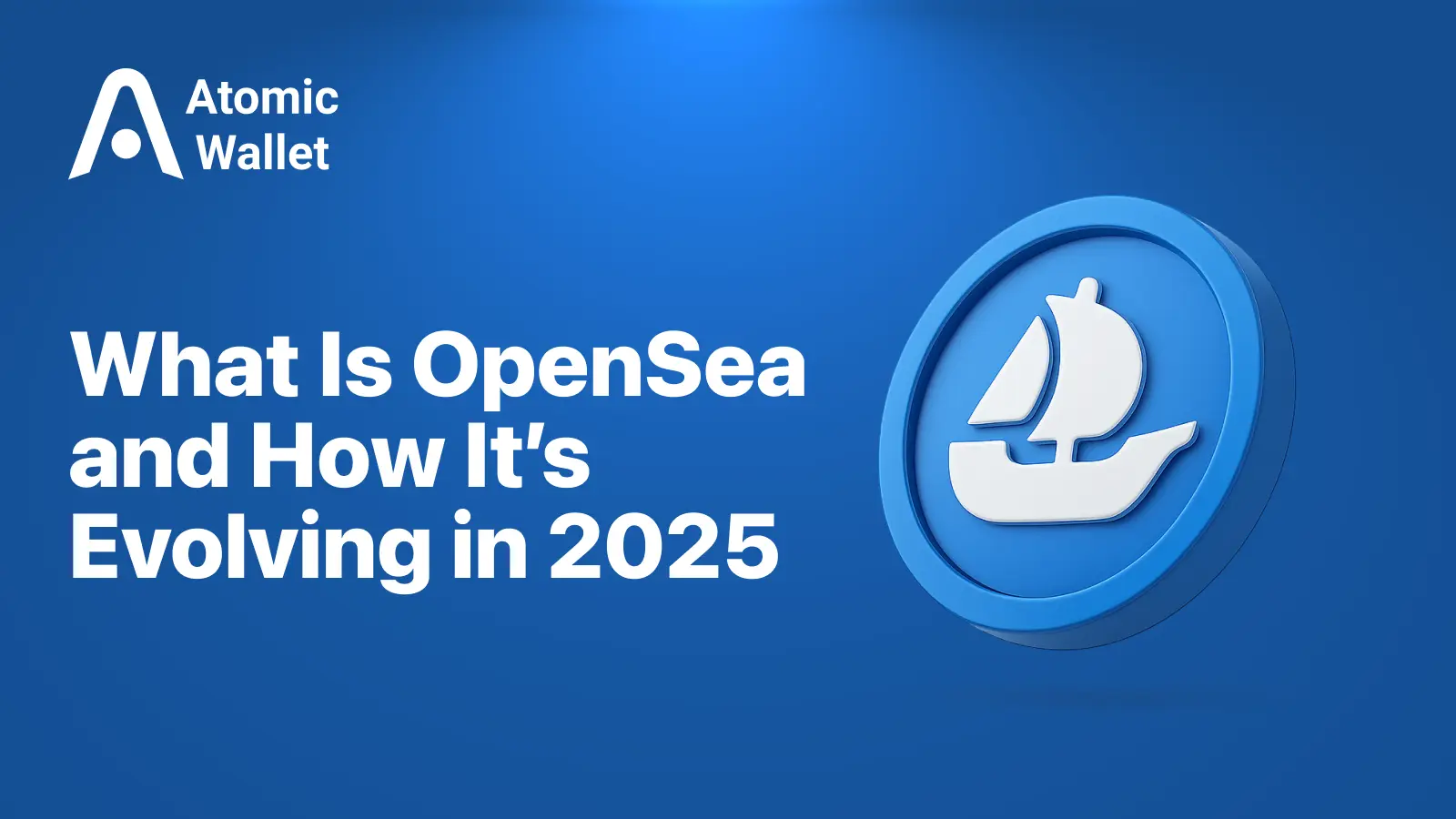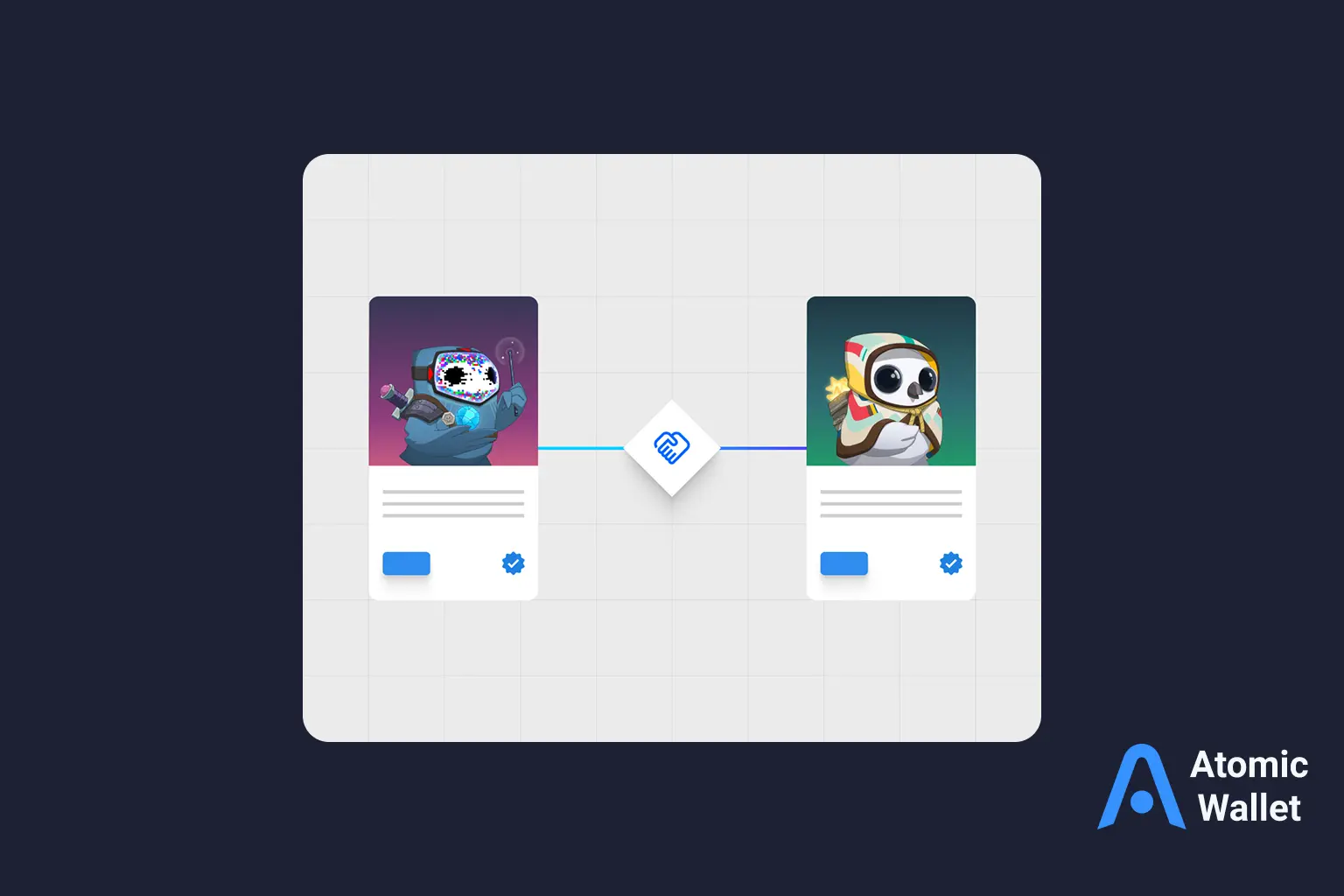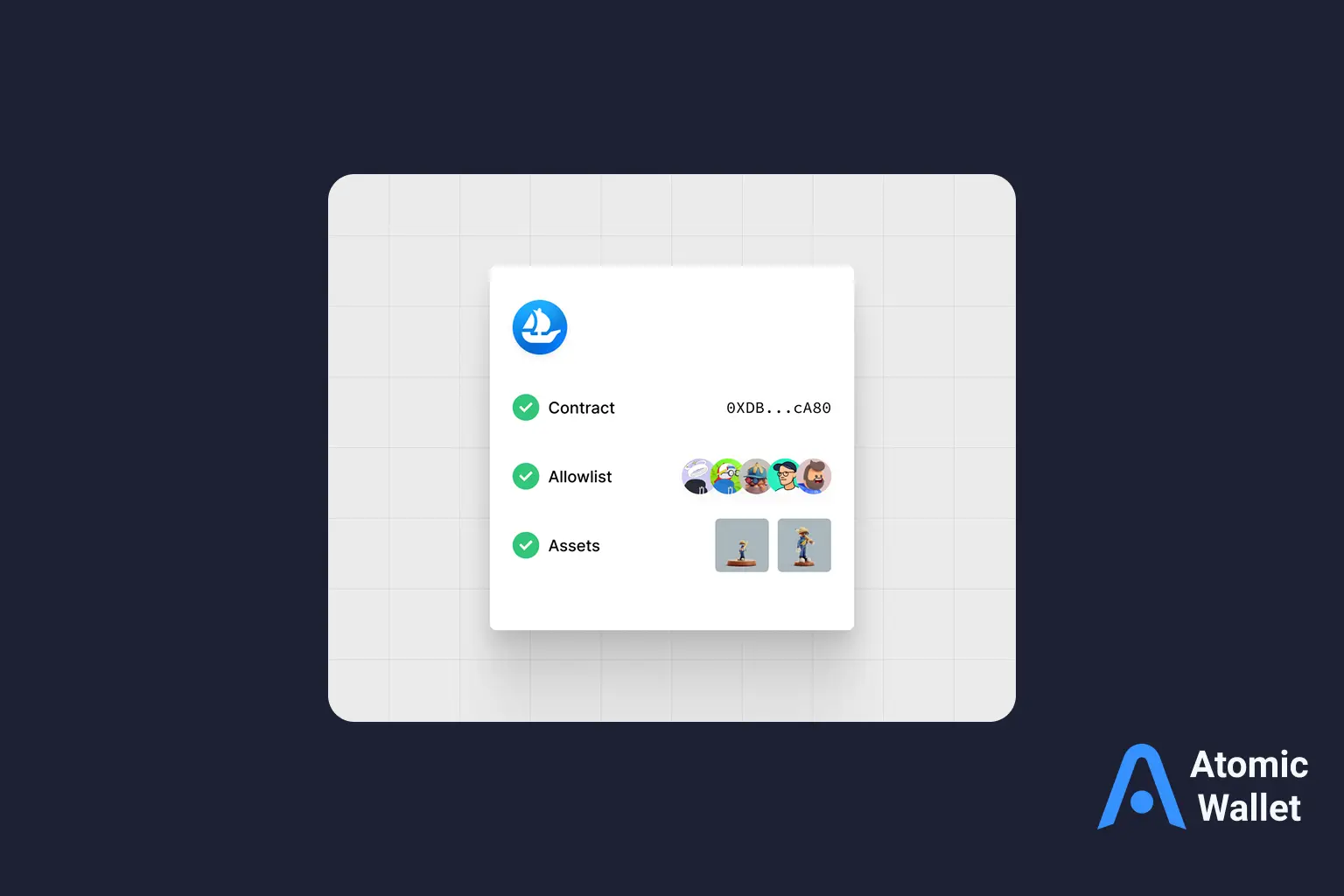Assets

Exchange

Buy Crypto




OpenSea, the former undisputed lord of the NFT craze, is staging a big comeback in 2025.
Having ceded market share to competitors like Blur and Magic Eden, the platform is rebranding itself — this time as a multichain NFT and cryptocurrency trading hub.
The firm reaffirmed the rollout of its native $SEA token in Q1 2026, with 50% of the overall supply allocated to the community — one of the biggest Web3 distributions of the year.
For collectors and wallet users, it heralds a new era: OpenSea 2.0 will bring NFT trading, token exchanges, and on-chain utility into one streamlined, decentralized tent.

Essentially, OpenSea is an open and decentralized marketplace for buying, selling, and minting NFTs (non-fungible tokens).
Every NFT tokenizes ownership in a digital or tokenized asset — art and collectibles, music, virtual property, or gaming items.
OpenSea is based on Ethereum and compatible chains like Polygon, Base, and Arbitrum, enabling users to connect any EVM wallet so that they can trade directly from their own addresses.
Smart contracts handle every step programmatically: ownership transfers, creator royalties, and trade execution.
Users simply connect wallet, scroll through verified collections, and trade — with full on-chain transparency.
OpenSea's transformation doesn't end at NFTs. In 2025, it began transforming into a crypto trading aggregator, bringing NFT markets, token swaps, and DeFi tools under one roof.
The goal: make OpenSea the first choice for liquidity layer on digital assets, no matter what chain.
In other words, consumers may soon be able to exchange ERC-20s, NFTs, and on-chain derivatives alongside each other — with combined analytics and gas optimization.
This realignment positions OpenSea against Blur and Magic Eden in NFTs but more generally in the multichain liquidity race, which suggests that digital ownership's future is utility and composability, not collectibles.
The much-awaited $SEA token is coming in Q1 2026, OpenSea's official debut into decentralized governance and user ownership.
According to preliminary data, the token will be the platform's core utility and reward token.
It will be used to:
Preliminary allocation:
With over 3 million engaged traders and billions in all-time NFT volume, OpenSea's tokenization model could be the key to reigniting mainstream interest in the NFT market — not just providing users with collectibles, but with equity in the growth of the platform itself.
The past two years have witnessed a sea change in the NFT world.
Platforms like Blur and Magic Eden revolutionized the way people trade, forcing OpenSea to improve or die.
Blur stormed the market with a aggressive airdrop and high liquidity for professional traders. It was the go-to option for high-volume flipping — but less so for ordinary collectors.
Magic Eden, on the other hand, founded itself on the pillars of velocity and cross-chain. It began on Solana and bridged onto Ethereum and Bitcoin Ordinals, captivating creators who value accessibility and vibrant communities.
Simultaneously, Rarible doubled down on the creator-oriented model, with a focus on royalties and community governance but never attaining a comparable volume of trading.
OpenSea takes a different strategy: rather than targeting short-term farming hype, it's building long-term infrastructure. By becoming a multichain asset aggregator, OpenSea is set to connect NFTs, ERC-20 tokens, and even DeFi swaps — offering liquidity depth with the convenience that attracted millions in the first place.
It's not about incentive competitions anymore.
It's about building a platform that achieves the next gen of Web3 ownership — one hub to trade, build, and govern digital assets across chains.

The NFT market is not dead — it's evolving.
The next cycle is not about JPEGs, it's about tokenized utility — real world assets, identity, and access rights on-chain.
OpenSea's roadmap also guarantees further DeFi protocol integrations, Layer-2 scaling, and cross-chain swaps that make NFTs edible digital assets.
Its evolution toward full decentralized governance using $SEA also means that users will have a voice in fee arrangements, listings, and platform incentives.
Analysts already see OpenSea 2.0 as a potential bridge between NFT culture and financial infrastructure — where one wallet would be able to do it all from collectibles to yield-bearing tokens.
And for Atomic Wallet users, that future's already in hand — a single app, full control, and native support for new tokens like $SEA when it's released.
OpenSea still faces massive headwinds.
The NFT market remains unpredictable, and volumes are down over 70% from the boom year of 2021. Competing platforms Blur and Tensor continue to test new liquidity models and token incentives, keeping pressure on.
Decentralization is another hurdle. While the $SEA token promises governance, OpenSea's current design is still based on centralized decision-making. It will require more than technology, however, it will require cultural change, to transition toward DAO-based governance.
Regulatory uncertainty introduces yet another level of risk.
As more international regulators begin scrutinizing tokenized assets and royalties, NFT marketplaces could face new compliance challenges — shaping fees, transfers, and creator incentives.
However, OpenSea's long-term advantages — its brand recognition, massive user base, and multi-chain reach — keep it well positioned to make a strategic shift if it can make this new chapter work.
What is OpenSea?
OpenSea is the world’s largest NFT marketplace, supporting assets across Ethereum, Polygon, Solana, and more — allowing users to buy, sell, and trade digital collectibles securely.
When will the $SEA token launch?
The official $SEA token launch is expected in Q1 2026, with details on distribution and governance to follow.
Will there be an airdrop for OpenSea users?
Yes, OpenSea has hinted at a retroactive airdrop for active traders and creators. Eligibility will likely depend on past marketplace activity and wallet engagement.
Is OpenSea decentralized?
Not yet. The $SEA token and upcoming DAO are designed to move the platform toward community governance, but currently, it operates as a centralized entity.
Even despite years of ambiguity and competition, OpenSea remains a cornerstone for the NFT economy. It's not just another marketplace — it's the business that ushered millions into digital ownership and continues to expand with the Web3 environment.
Whereas Blur and Magic Eden dominate trading incentives and short-term trendiness, OpenSea's strength is infrastructure, trust, and scale. Its second chapter — centered on multichain access, creator royalties, and decentralized governance through the $SEA token — can reshape what NFT platforms look like in 2026 and beyond.
For collectors, creators, and investors, OpenSea offers something more enduring than buzz: a foundation for the future of digital assets.
Store, trade, and manage your NFTs and crypto safely with Atomic Wallet — your gateway to the decentralized web.

Rumble stock price explained: recent performance, volatility factors, and 2025 projections. Learn how politics and creator economics drive RUM.

Metaplanet stock surged as the company doubled down on its Bitcoin strategy and even added 14,618 ETH. Learn what drives Metaplanet stock price, how mNAV works, key risks, and why investors call it the “Japanese MicroStrategy.”